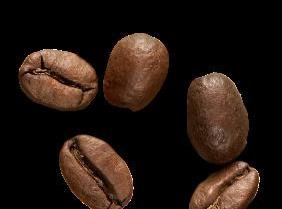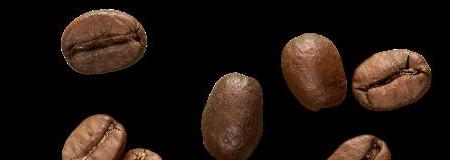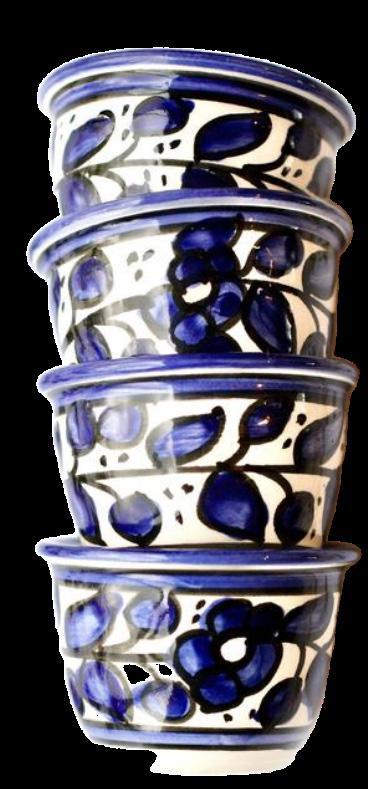
3 minute read
Care for a Coffee?
from A2Q - Issue 2
by QatarAmerica
cof·fee /'kôfē,'käfē/
noun 1. a drink made from the roasted and ground seeds (coffee beans) of a tropical shrub. origin Dutch koffie Turkish kahveh Arabic qahwah.
Advertisement




The coffee plant comes from the genus Coffea, a group of flowering shrubs and small trees whose seeds are roasted, ground, and then brewed with hot water to create the adored beverage we know as coffee. Among this group there are two distinct species in mass cultivation: Coffea arabica, which comprises 60-80% of the world’s production, and its more bitter and caffeinated cousin, Caffea canephora, or “Robusta,” which comprises 20-40% of global production.
Certainly, coffee is a much beloved drink worldwide, but it has a particularly long and rich history in the Middle East and Africa where it can be traced back centuries to the ancient coffee fields on the Ethiopian plateau. According to local legend, a goat herder named Kaldi first discovered the potential of coffee after he noticed that his goats becoming energized from eating the berries of a specific shrub growing in the highlands.
While the historical accuracy of this legend remains in question, there is no doubt as to why the stimulating effects of this plant have become cherished by so many of us.
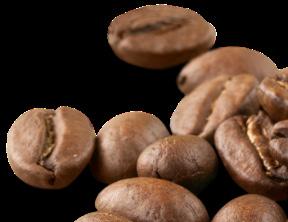
Coffee cultivation and trade began on the Arabian Peninsula soon after its discovery. By the 15th century, coffee was being grown in Yemen and before traveling to Persia, Egypt, Syria, and Turkey in the 16th century. In fact, Mocha beans are from Al-Makha, or Mocha, a major port city for the capital of Sana’a on the Red Coast of Yemen. Mocha beans, or Sanani beans, are prized for their distinctive flavor. The legacy of these beans is reflected in the name of the mocha latte, an espresso drink infused with chocolate, and the Moka stovetop coffee maker developed in Italy in the 1930s. Among the Bedouin tribes of the Arabian Peninsula, coffee is an important part of their society. The ritual of preparing and serving coffee is staple of Bedouin hospitality indicating the generosity and wealth of the host. The documented accounts of travelers to the region in the early 19th century report many Bedouins spent considerable portions of their income on “luxuries” such as coffee. Arabian coffee will typically have the spice cardamom added to it, and sometimes other spices, such as saffron, cloves, or cinnamon, depending on the region.
While it is commonplace to find a café on nearly every urban corner, many do not know that coffeehouse culture originated in the Arab world and spread to wherever the trade of these beans reached. Traditional coffeehouses were established throughout the Ottoman Empire as places where men would meet to socialize with non-family members or conduct business. Eventually coffee would make its grand debut in Europe through trade and the contact with emissaries of the Ottoman Sultan. Initially, this bitter rivel to tea had an exotic reputation; but as tastes changed and accessibility increased, coffee came to dominate Western society as a commercial commodity and cultural mainstay of the Western working class.
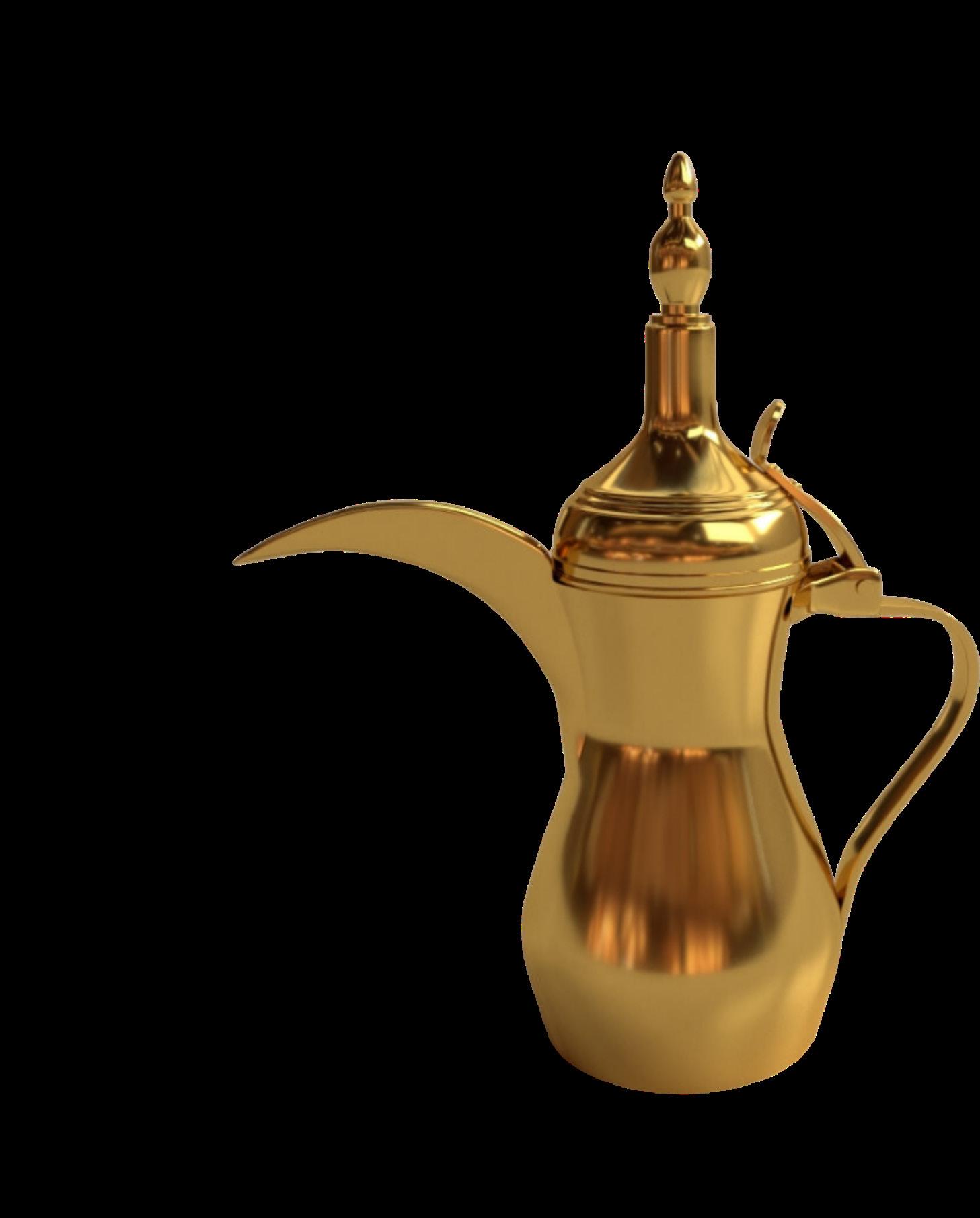
We are is excited to announce our upcoming exhibition, Coffee for Two, in collaboration with the Sheikh Faisal Bin Qassim Al-Thani Museum (FBQM). Debuting Fall 2021, this fun exhibition will introduce visitors to the rich history of coffee traditions of Qatar and the Arabian peninsula, and majlis culture.
Dallah – a traditional arabic coffee pot, dating to approximately the mid-17th century.
